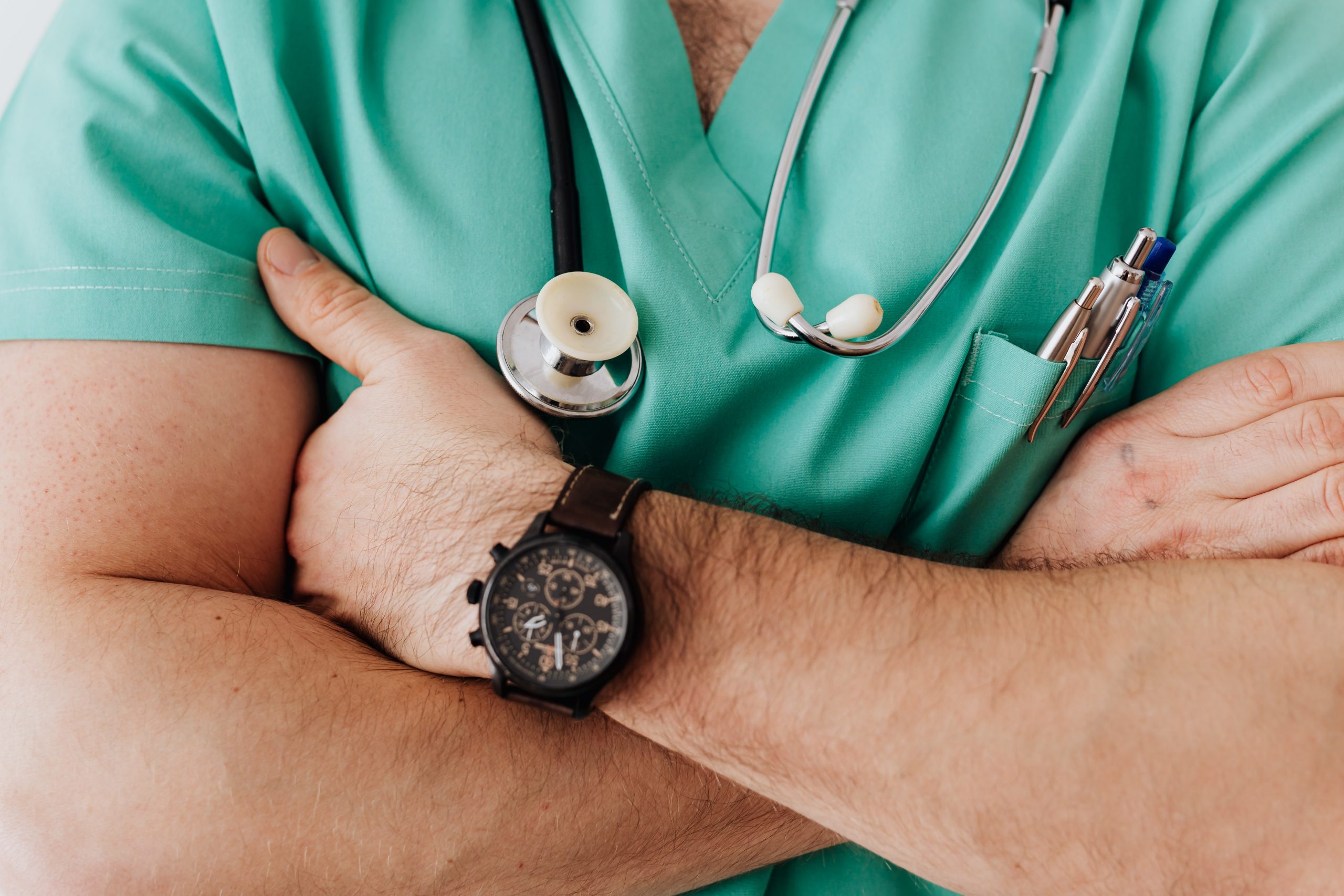Nurses also benefit from technology advancements such as electronic health records, which collect and store patient information electronically, allowing easy access across the hospital.
Numerous nurses embrace technology to assist them in doing their duties more efficiently and providing superior patient care. If you’re seeking the newest nursing gadgets to help you manage your everyday responsibilities more efficiently, we’ve included a few below. Every day, new technology is transforming the way we live. And today, more than ever, new technology is reshaping the healthcare business.
1. Monitors on Wheels
A portable monitor device enables nursing workers to monitor patients while on the go or assisting another. Mobile devices monitor vital indicators such as the electrocardiogram (ECG), respiration rate, and oxygen saturation while transferring data to a central monitor. It implies that nurses will be notified in the event of an emergency.
Nurses monitor levels on an hourly basis in the majority of hospitals. Portable monitoring equipment enables nurses to monitor and record vital signs at the appropriate moment, even while a great deal more is going on. It allows them to monitor patients continuously from any location inside the hospital. The warnings and alarms sent to nurses through the portable monitor have the potential to save lives.
Nurses learn how to use portable monitors at their assigned hospital, and nursing schools assist students in understanding the importance and general usage of a variety of famous pieces of equipment.
2. EEG Machine
An electroencephalogram (EEG) machine is a device that records the brain’s electrical activity. When put on a patient’s scalp, it has electrodes that may detect any brain activity. The electrodes capture the brain wave patterns, then send them to a computer or cloud server through the EEG equipment.
Nurses should get familiar with EEG technology to give information and assistance to patients that might be nervous about the treatments. Patients must be at ease throughout this examination and knowing how to properly work this technology can provide a sense of comfortability for them.
3. E-Health Records (EHRs)
The age of paper charts has come to an end. Currently, 96 percent of hospitals in the United States employ electronic health records (EHRs), but widespread acceptance is just the first step. In the following years, EHRs will grow to facilitate information exchange between medical practitioners, expanding options for healthcare professionals to manage patients’ whole health.
It will no longer be sufficient for nurses to know how to input data into an EHR; they will be required to comprehend the data entirely and utilize it to provide better counseling and care to their patients.
4. Electronic IV Administration
Before introducing an electronic intravenous drip (IV) management system, a nurse had to deliver an IV drip to a patient and then monitor the patient constantly to ensure the medication flow was not stopped. Even a slight movement on the part of the patient might affect the IV. The only way to avoid a mistake was for the nurse to be there throughout the procedure, which took time away from caring for other patients and completing other chores.
Electronic IV monitoring devices enable nurses to initiate an IV and then delegate the remainder of the dosage to the machine. In a problem, the system may either resolve it automatically or remotely notify the nurse.
5. Automated Intravenous Pumps
Automatic intravenous pumps regulate the amounts and drip administered to patients. Nurses may adjust drip volumes and medicine dosages using software and medical technology, eliminating patients’ need to wait for adjustments. There are IV feeding pumps that provide required meals at the appropriate times. Additionally, some self-pumps enable patients to increase their own pain medicine in a regulated manner.
Automated IV pumps to aid in the speeding up of nursing operations and might be critical if an urgent correction is required. Changing medicine using a computerized method also eliminates the possibility of human mistakes, which may cause problems for both patients and hospitals.
Automated IV kits allow nurses to concentrate on other aspects of their jobs rather than measuring and administering medicine or meals. Because hospitals use various automatic IV pumps, training and education are often tailored to the particular hospital or clinic where nurses work.
Additionally, many nursing schools provide education and training on new software and technology, such as how automatic IV pumps function and why they are helpful.
